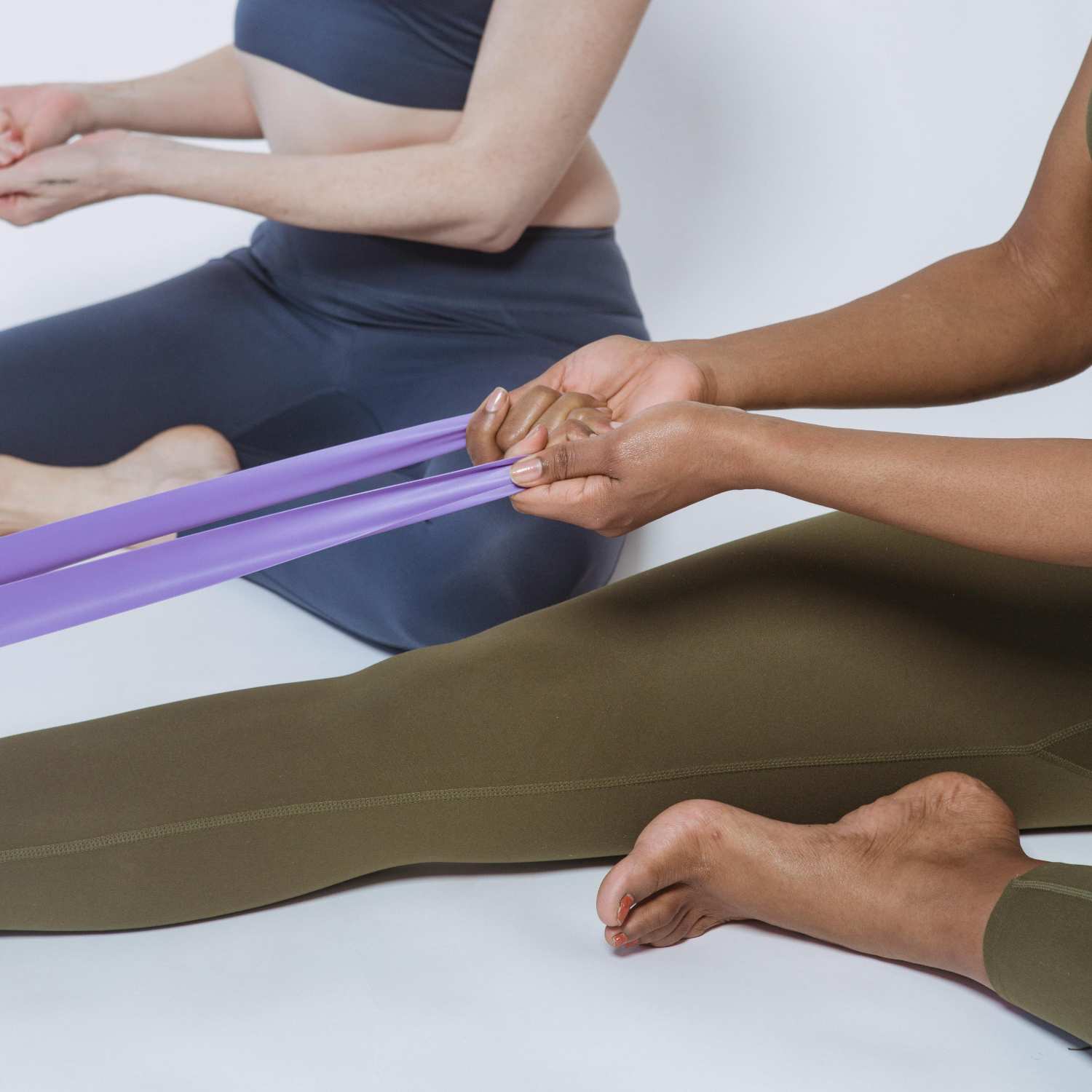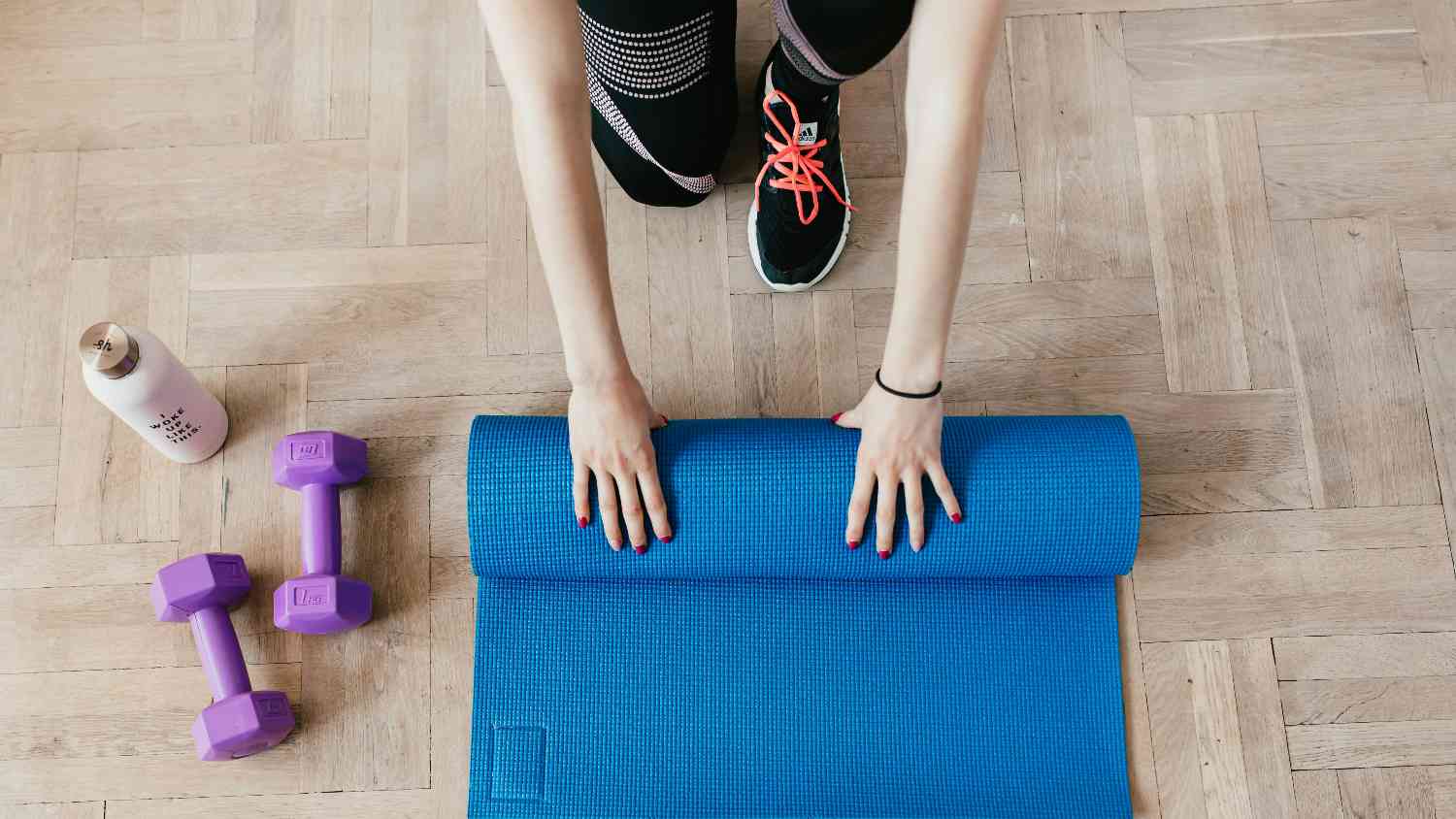Low-Intensity Exercises That Won’t Hurt Your Knees
I’m what some might call an exercise junkie. At my peak, I was exercising seven times a week (oh yes, the good ol’ Circuit Breaker). But alas, age caught up with me, and I injured my knee during my weekly run with my husband. The pain didn’t disappear the next day like it used to, and I finally forced myself to see a doctor.
Of course, the verdict was to go easy on the knee so that I could recover. That meant I needed to seriously rethink my fitness routine. How could I keep burning calories so I could still enjoy my favourite foods? My regimen consisted entirely of high-intensity workouts!
That’s how I discovered the alternative world of low-intensity exercises. Whether it's your knee, ankle, or some other body part putting you in time-out, try these low-impact exercises that will keep you active without putting extra strain on your joints.
Swimming
The beauty of swimming is that it’s a full-body workout that’s gentle on your joints. Since the water supports your weight, it takes the pressure off your knees, ankles, and hips.
Whether it’s freestyle, breaststroke, or a leisurely backstroke, swimming gives you all the cardio benefits without the impact of running. Plus, there are pools all over Singapore that you can book – I personally tried the Olympic-sized pool at the OCBC Aquatic Centre and liked it (don’t worry, it’s not exclusive to Team Singapore).
Walking
Sometimes the simplest exercises are the most effective. Walking may seem basic, but it’s a great way to stay active without straining your joints. It’s low-impact, can be done anywhere, and helps you get those steps in without worrying about wear and tear on your body.
Walking is also great for your mental health – it gives you time to clear your head, enjoy the scenery, and maybe even catch up on a podcast or two.
My husband and I have explored most of Punggol on foot, and once, we clocked over 20,000 steps when we reached Hougang. Pro tip: Invest in a good pair of walking shoes that provide proper support – your knees will thank you.
Bonus tip: Want to ramp up your walks? Try the 12-3-30 workout that went viral on TikTok – walk on a treadmill for 30 minutes at 3mph and at an incline of 12. You’ll be dripping in sweat in no time.
Pilates
Pilates is all about slow, controlled movements that help strengthen your core, improve your flexibility, and keep your body aligned – all without aggravating your joints.
Most Pilates exercises focus on building muscle without high impact, which is perfect when you’re recovering from an injury. From gentle leg stretches to core workouts, you’ll feel stronger, even if it doesn’t feel like you’re doing much at first.
 IMAGE: PEXELS
IMAGE: PEXELS
Resistance band workouts
I’ve also incorporated resistance band workouts into my routine (thanks, YouTube algorithm, for the suggestion). It’s an easy way to build strength without going too hard on your joints. These stretchy bands allow you to work on muscle groups at your own pace, without adding heavy weights that could strain your knees or ankles.
Like lifting, resistance band exercises can be done from home. Try exercises like seated leg presses, side-lying leg lifts, or banded squats to gently strengthen your lower body while keeping things low-impact.
Yoga
My mum introduced me to yoga, and while I have a love-hate relationship with it, I’ve been doing it for over 10 years. It’s a chill, low-impact workout for when your knees or ankles aren’t at their best. Plus, if you’re like me, it forces you to stretch more!
Yoga helps build flexibility and strength while keeping things slow and steady. You can easily modify poses to reduce the strain on sensitive joints, and the focus on breathing and mindfulness is a nice bonus for both your body and mind.
Lifting
Luckily, I’d ordered a set of weights from Decathlon just before my injury. Lifting is a great way to maintain muscle strength while you’re giving your knee a break. Focus on upper body and core exercises like dumbbell presses, bicep curls, and shoulder raises, while keeping the weight manageable and the reps slow. For lower body strength, opt for exercises like deadlifts and hip thrusts instead of squats or lunges.
One of the best things about lifting is that it strengthens muscles, providing better support when you’re ready to jump back into higher-intensity exercises.
Cycling
Once my knee felt better, my friends suggested cycling. It’s a great way to get your legs moving without the high-impact stress of running, but you need to listen to your body. If your knee injury is mild, or your doctor has given you the green light, cycling can help improve knee flexibility and keep your heart rate up.
Start easy – whether you’re exploring the PCN or hitting a spin class. Make sure your bike is properly adjusted to your height to avoid unnecessary strain on your knees. And stop if you feel any pain!
For the latest updates on Wonderwall.sg, be sure to follow us on TikTok, Telegram, Instagram, and Facebook. If you have a story idea for us, email us at [email protected].











